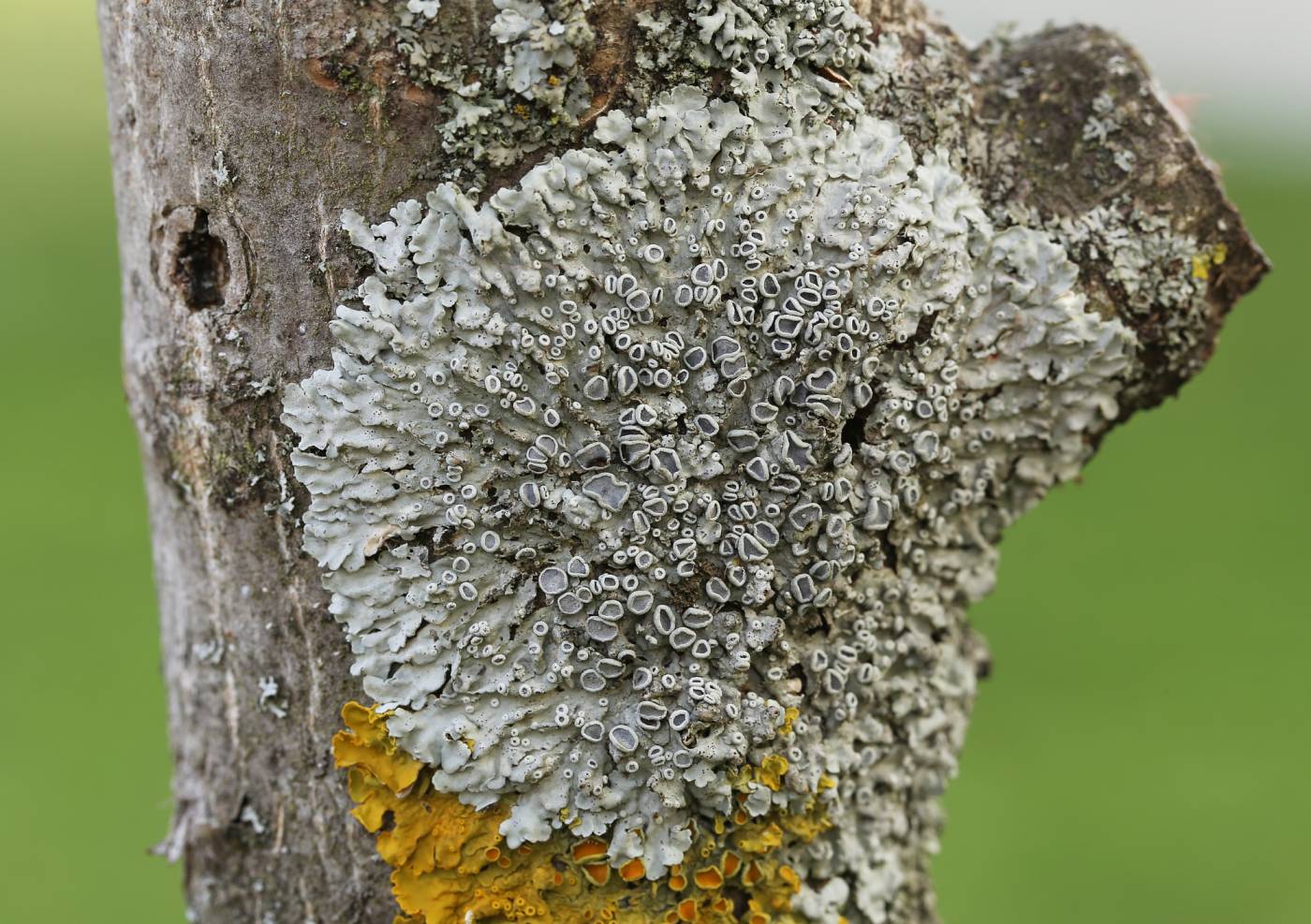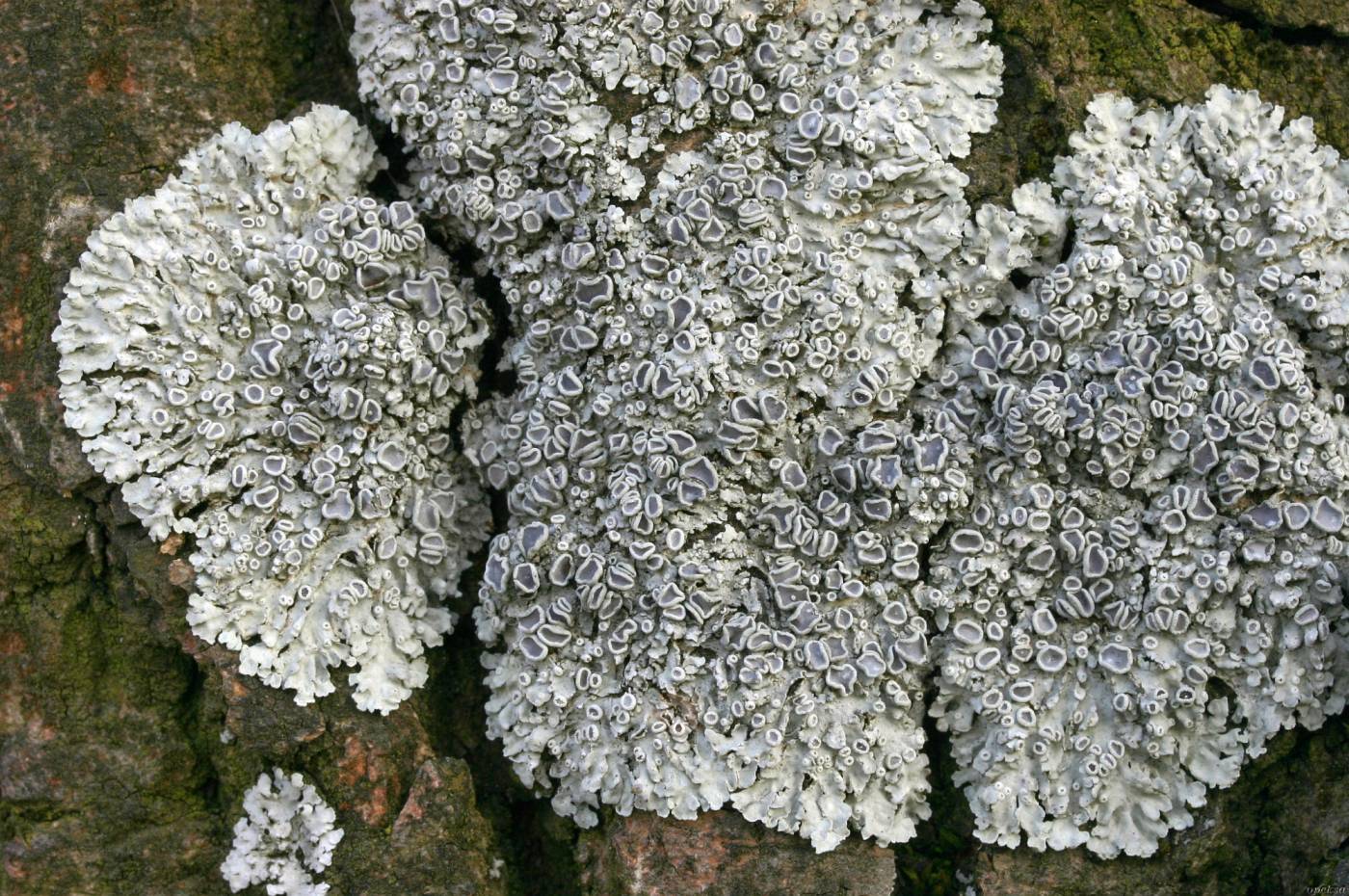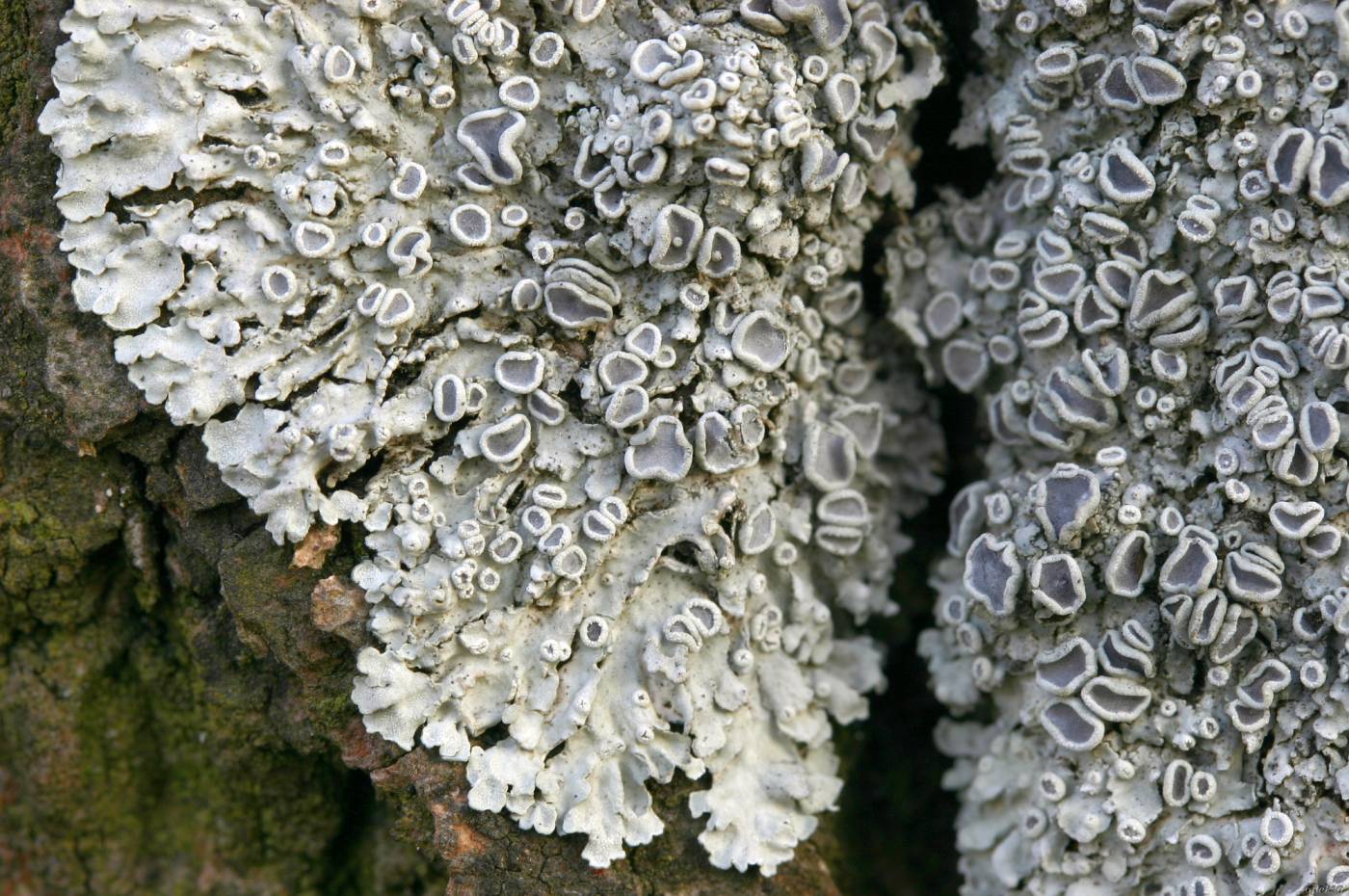A large conspicuous Physcia species growing on deciduous trees with higher bark pH, rarely also on wood. It prefers nitrophilous communities, is toxitolerant and heliophilic. It typically occurs in tree avenues, trees along roads, inside villages or in open landscape. It tolerates intensive agriculture. Its centre of distribution lies in the continental part of central Europe, but is also known from the Balkan. In the Czech Republic, P. aipolioides is abundant in southern Moravia, otherwise it's rare, generally associated with lower elevations and dryer areas. It was spreading in the 1980s, but the reasons remained unknown (Lisická et al. 2008).
This lichen was originally circumscribed from the Czech Republic as a variety of P. biziana by the Czech lichenologist J. Nádvorník and has been recognized as a separate species for quite a short time. The recently selected type specimen (lectotype) is from the Miroslav village in the Znojmo region. However, the distinction from the nominate variety of P. biziana, which is known from the Mediterranean and does not occur in the Czech Republic, is still problematic. It is based on a number of more or less reliable characters. The complex requires a detailed taxonomic study.
Literature: Lisická E., Lackovičová A., Liška J., Lőkös L. & Lisický M. J. (2008): Physcia aipolioides – ein Beispiel einer invasiven Flechte oder einer unterschätzen Verbreitung?. – Sauteria 15: 303–318. Liška J., Lisická E. & Lackovičová A. (2009): Typification of Physcia aipolioides (Physciaceae, lichenized fungi). – Mycotaxon 107: 335–338.
taxonomic classification:Ascomycota → Lecanoromycetes → Caliciales → Physciaceae → Physcia
most frequented synonyms:Physcia biziana var. aipolioidesRed List (Liška & Palice 2010):NT – near threatened
Red List (Malíček 2023):C3 – endangered
Occurrence in the Czech Republic
All records: 45, confirmed 44. One click on a selected square displays particular record(s), including their source(s).



